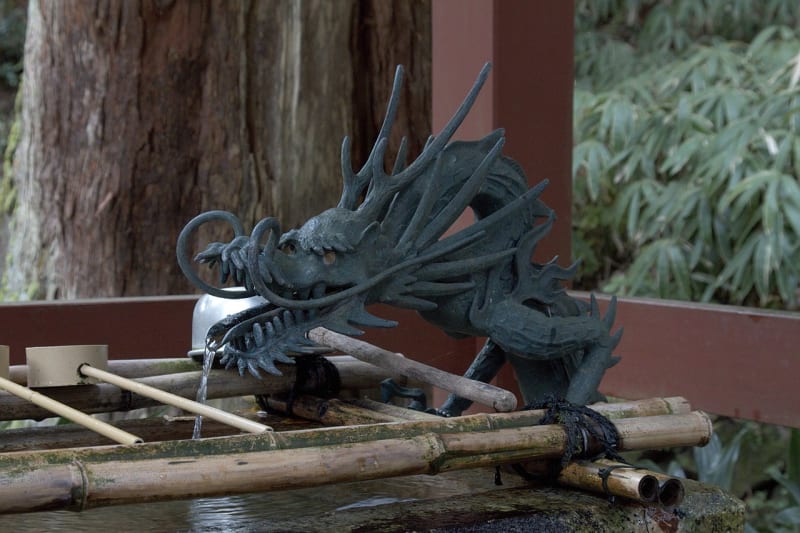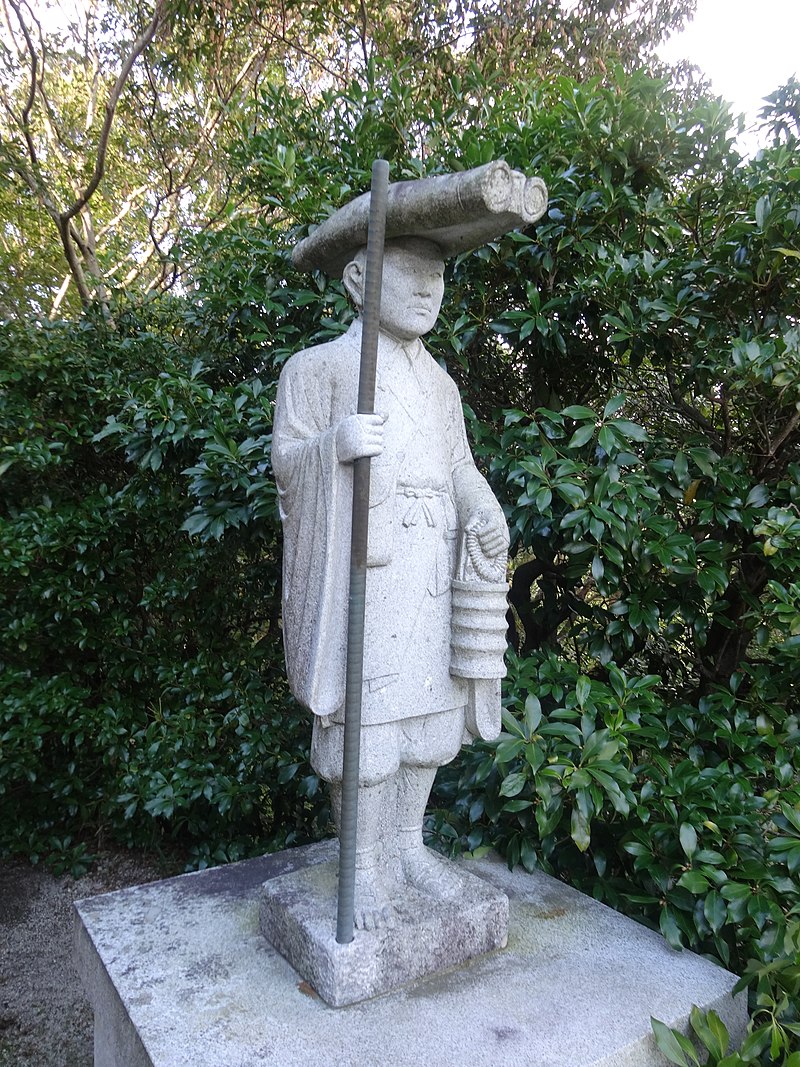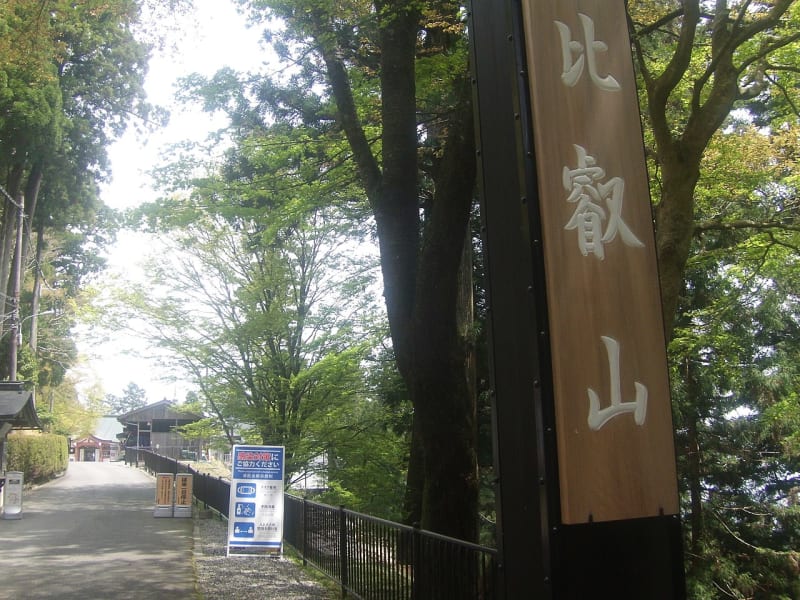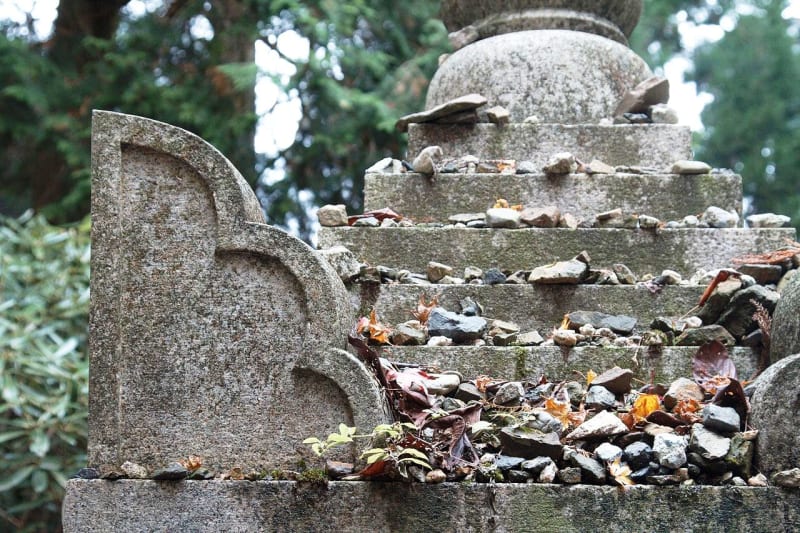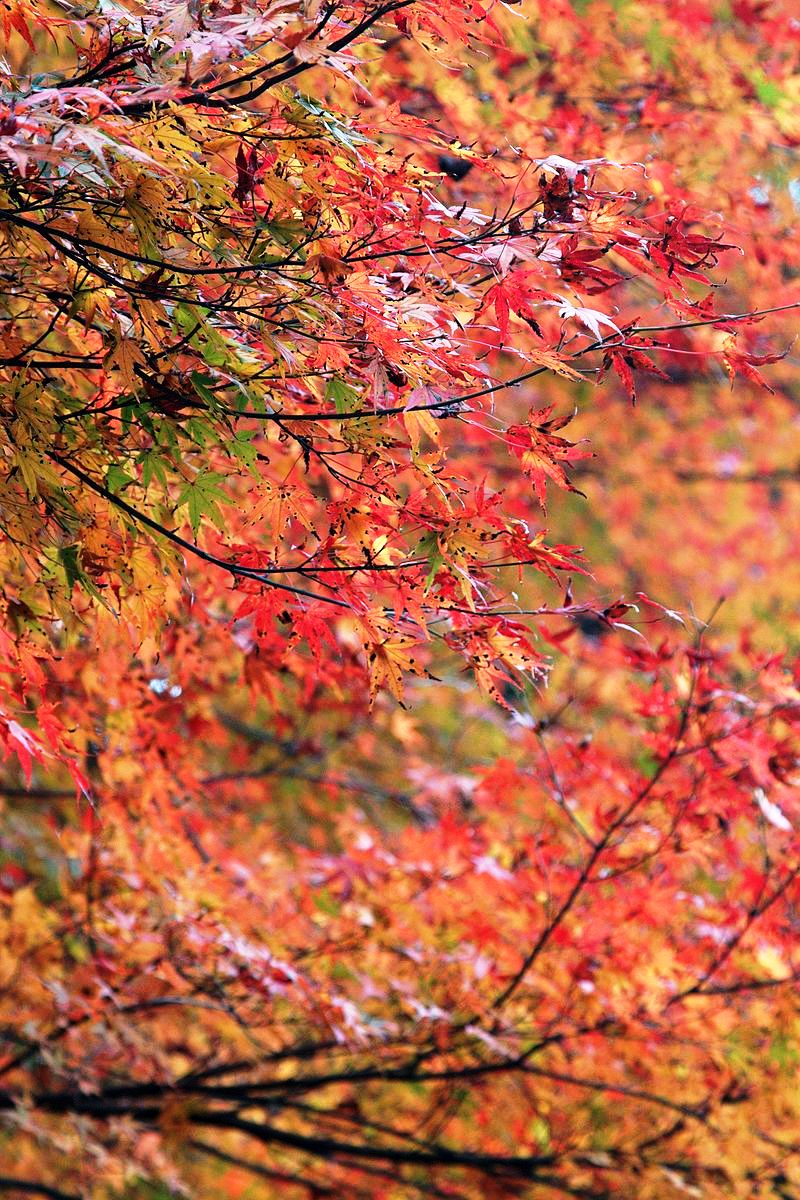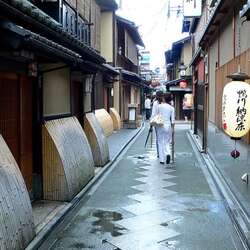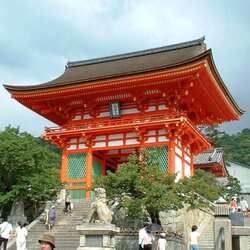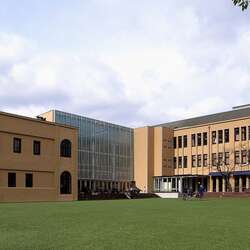Enryaku-ji Monastery
Enryaku-ji Monastery, one of the most important Japanese monasteries, is located near the city of Kyoto on the slopes of the picturesque hill of Hiei. Its founder is the monk of the Site, also known as Dange-daishi. The construction of the building began in 788 and lasted for several years.
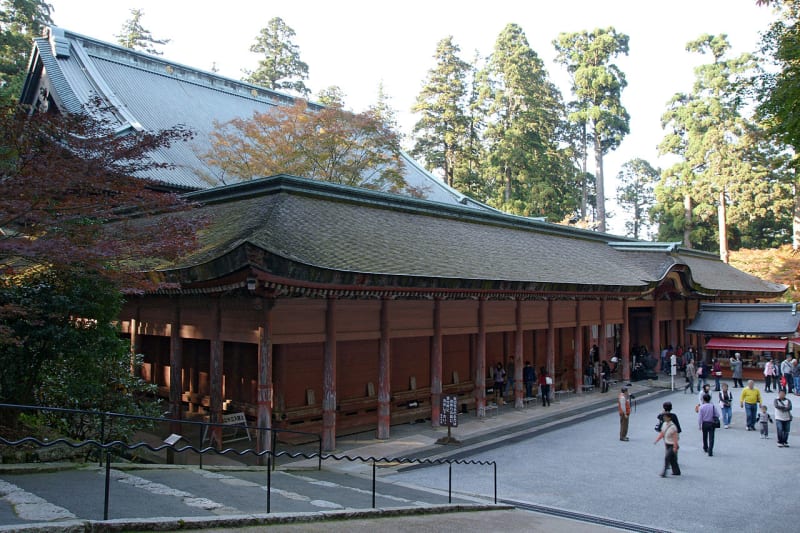
The history of the Enryaku-ji Monastery
The site is the founder of the Tendai school, and the Japanese nobility showed great interest in it. The Chinese Tiantai school, which considers modesty and meditation to be the main values, served as the basis for Tendai. On the basis of the Enryaku-ji Monastery, a number of other Buddhist schools were created, for example, Nichiren and Pure Lands. The monastery is still an important center of the Tendai school today. Supported by Emperor Kammu, the Site gathered a hundred students in 807. They became monks, and for 12 years they had to study and meditate in conditions of iron discipline. The best students were entrusted with important positions in the monastic hierarchy or in the government.
In its heyday, the monastery complex consisted of three thousand temples. There was a whole army of warrior monks to protect him. They often participated in fierce battles with other monasteries and even opposed politicians. In 854, Monk Ennin, known posthumously as Jikaku-daishi, became the abbot of the temple. In the 10th century, a serious conflict arose between him and Monk Entin, the sixth patriarch of Tendai-shu, over the inheritance, which ended in an armed confrontation. One side was occupied by monks from the hill of Hiei, and the other - from the monastery of Mii-dera. Militant monasteries began using mercenaries in their armies. They began to make demands and threats even to the capital.
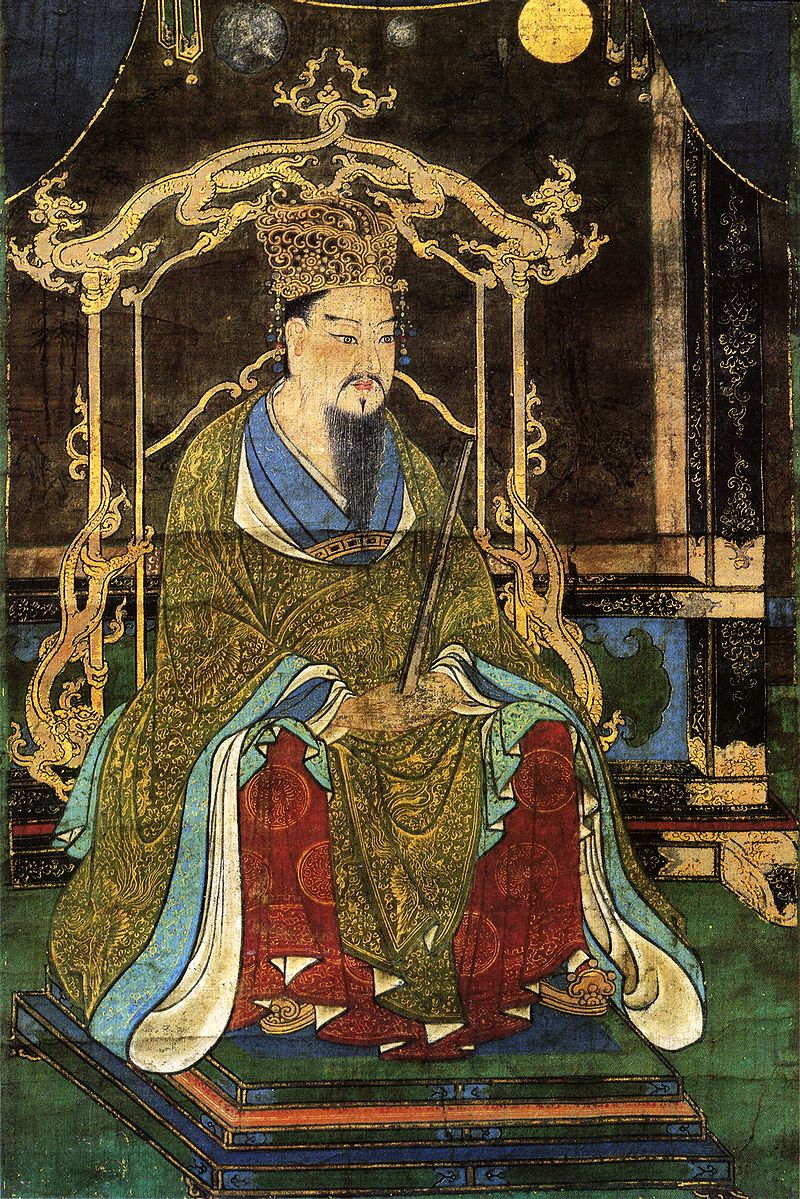
Features of the Enryaku-ji Monastery
The warlord Nobunaga banned the existence of monastic armies in 1571. He set about unifying the country, creating stability by eliminating uprisings. Nobunaga stormed the Monastery of Enryaku-ji and killed 3,000 monks who defended him. The military commander ordered the monastery to be destroyed. Almost 40 years later, when the government in the country changed, the monastery began to be restored. It was almost rebuilt. The restoration lasted almost 300 years. Currently, the monastery complex has three main temples - the eastern Todo, which used to house the abbot, the western Saito, which also housed the outgoing abbot, and the Yokawa, the furthest part. The main temples and buildings are located in Todo. Among them are the temple of Konpon Chu-do, a treasury with ancient relics, and sports grounds for monks. The Ninai Hall in Saito houses a collection of paintings. The entire territory is decorated with tall slender pines.
In April 2006, a ritual was performed at the Enryaku-ji Monastery for former Yakuza leaders from the Yamaguchi-gumi group. The ritual is usually performed to raise money and demonstrate the power of the Yakuza. The police asked not to hold the ceremony, but the abbot did not comply with the request. The ceremony was attended by more than 100 influential members of the group. The Yakuza generously rewarded the monastery for the ritual. Japanese media reported on the ceremony. As a result, a huge scandal broke out nationwide. In May, the monastery's leaders resigned and publicly apologized through the media. Apologies were also sent to 3,000 branches of the monastery. The monastery is included in the UNESCO World Heritage List.
